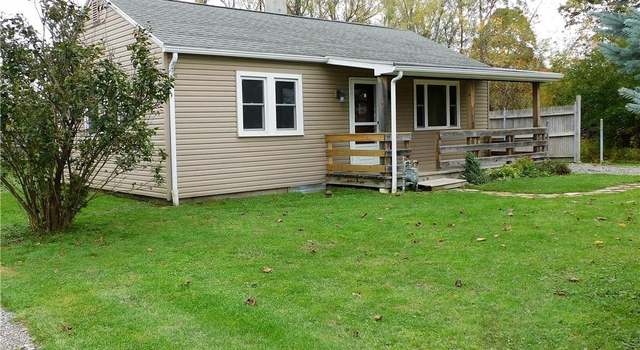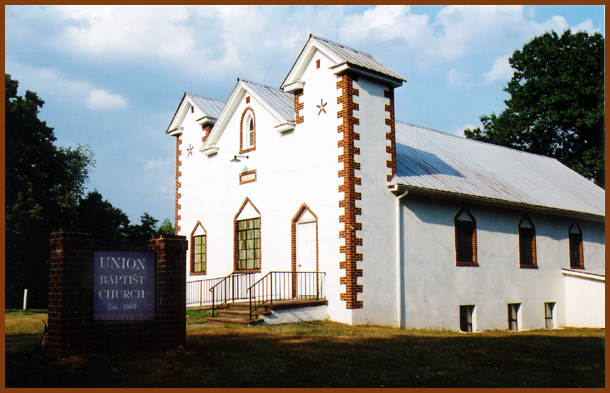

In 1999, Fannie Mae came under pressure from the Clinton administration to expand mortgage loans to low and moderate income borrowers by increasing the ratios of their loan portfolios in distressed inner city areas designated in the Community Reinvestment Act (CRA) of 1977. The initial annual goal for low-income and moderate-income mortgage purchases for each GSE was 30% of the total number of dwelling units financed by mortgage purchases and increased to 55% by 2007. For the first time, the GSEs were required to meet "affordable housing goals" set annually by the Department of Housing and Urban Development (HUD) and approved by Congress.
FANNIE MAE FORECLOSURES SCOTTSVILLE MAC
The Act amended the charter of Fannie Mae and Freddie Mac to reflect the Democratic Congress' view that the GSEs "have an affirmative obligation to facilitate the financing of affordable housing for low- and moderate-income families in a manner consistent with their overall public purposes, while maintaining a strong financial condition and a reasonable economic return". Bush signed the Housing and Community Development Act of 1992. 1990s įannie Mae's former headquarters at 3900 Wisconsin Avenue NW in Washington, D.C.

Ginnie Mae had guaranteed the first mortgage passthrough security of an approved lender in 1968 and in 1971 Freddie Mac issued its first mortgage passthrough, called a participation certificate, composed primarily of private mortgage loans. In 1981, Fannie Mae issued its first mortgage passthrough and called it a mortgage-backed security. That same year FNMA went public on New York and Pacific Exchanges. those not insured by the FHA, VA, or FmHA, and created the Federal Home Loan Mortgage Corporation (FHLMC), colloquially known as Freddie Mac, to compete with Fannie Mae and thus facilitate a more robust and efficient secondary mortgage market. In 1970, the federal government authorized Fannie Mae to purchase conventional loans, i.e.
FANNIE MAE FORECLOSURES SCOTTSVILLE FULL
As such, Ginnie Mae is the only home-loan agency explicitly backed by the full faith and credit of the United States government. Ginnie Mae, which remained a government organization, guarantees FHA-insured mortgage loans as well as Veterans Administration (VA) and Farmers Home Administration (FmHA) insured mortgages. In the 1968 change, arising from the Housing and Urban Development Act of 1968, Fannie Mae's predecessor (also called Fannie Mae) was split into the current Fannie Mae and the Government National Mortgage Association ("Ginnie Mae"). In 1954, an amendment known as the Federal National Mortgage Association Charter Act made Fannie Mae into "mixed-ownership corporation", meaning that federal government held the preferred stock while private investors held the common stock in 1968 it converted to a privately held corporation, to remove its activity and debt from the federal budget.


įannie Mae was acquired by the Housing and Home Finance Agency from the Federal Loan Agency as a constituent unit in 1950. Other considerations may have motivated the New Deal focus on the housing market: about a third of the nation's unemployed were in the building trade, and the government had a vested interest in getting them back to work by giving them homes to build. For the first thirty years following its inception, Fannie Mae held a monopoly over the secondary mortgage market. Fannie Mae created a liquid secondary mortgage market and thereby made it possible for banks and other loan originators to issue more housing loans, primarily by buying Federal Housing Administration (FHA) insured mortgages. Originally chartered as the National Mortgage Association of Washington, the organization's explicit purpose was to provide local banks with federal money to finance home loans in an attempt to raise levels of home ownership and the availability of affordable housing. Congress in 1938 by amendments to the National Housing Act as part of Franklin Delano Roosevelt's New Deal. To address this, Fannie Mae was established by the U.S. This resulted in foreclosures in which nearly 25% of America's homeowners lost their homes to banks. By 1933, an estimated 20 to 25% of the nation's outstanding mortgage debt was in default. housing market as people lost their jobs and were unable to make payments. The Great Depression wrought havoc on the U.S. Historically, most housing loans in the early 1900s in the USA were short term mortgage loans with balloon payments. A view, from the southwest, of the Federal National Mortgage Association's (Fannie Mae's) Reston, Virginia facility.


 0 kommentar(er)
0 kommentar(er)
